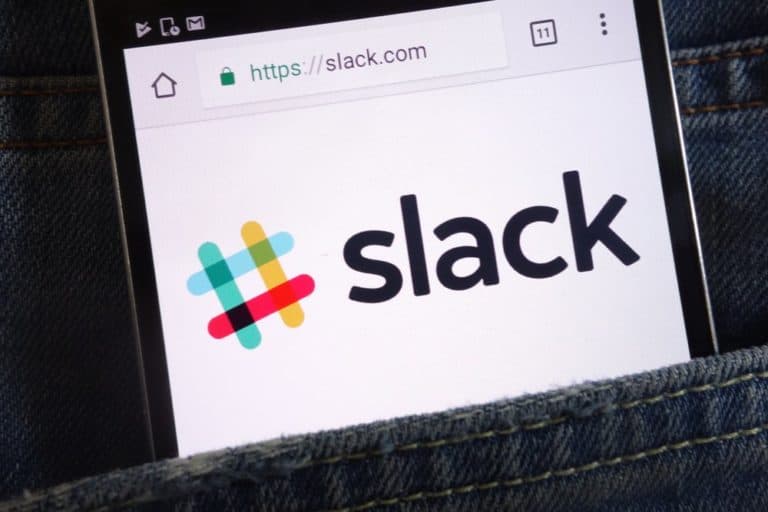Slack has announced a major update to its web and desktop client. The update does not come with new features, but is an almost completely new version of the underlying technology. The new version will be rolled out in the coming weeks.
The clients on the web and on the desktop use virtually the same code base, TechCrunch knows. Over the past year, Slack has worked hard to provide those clients with a modern stack, instead of jQuery and other technologies that it used when it was introduced in 2012.
We want people to be able to run Slack alongside the other programs they use to do their job, and that’s easy and enjoyable, Director Jaime DeLanghe of Product Management at Slack.
I think the other important point is that the ecosystem for client-side development has changed a lot over the past five years. There have been a number of major updates to JavaScript and new technologies such as React and Redux to make it easier to build dynamic web applications. We also wanted to update our stack to meet the modern world.
33 percent faster
The team has already rolled out some preparatory work over the past few months, but the real differences only become clear with the last update. For example, the new version of Slack should use 50 percent less memory and load 33 percent faster. It also makes it ten times faster for users to join an incoming call.
Many differences are especially noticeable by users who are members of multiple workspaces. According to DeLanghe, this is because the team designed a new architecture, assuming that many users are now part of multiple workspaces.
It used to take a lot of memory and CPU cycles to switch between workspaces, because each workspace had its own Electron process. In the new app, React is used to build all UI components. This means that data is loaded as soon as it becomes available, and users don’t have to wait for all the data to be loaded before they can see anything.
This news article was automatically translated from Dutch to give Techzine.eu a head start. All news articles after September 1, 2019 are written in native English and NOT translated. All our background stories are written in native English as well. For more information read our launch article.